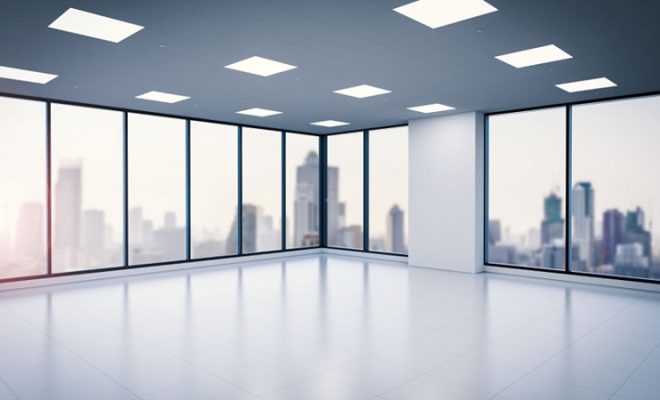What are the benefits of raised flooring?

raised flooring is a popular option for people who have trouble getting up from a sitting or standing position. The raised flooring helps reduce the amount of time it takes for someone to get up from a seated or standing position, making it easier and faster for them to move around.
Raised flooring also improves circulation, which is important because it helps rid the body of toxins and provides better airflow. This increase in airflow can help people with asthma and other respiratory issues breathe more easily.
Another benefit of raised flooring is that it makes it easier to clean. It’s easy to reach all the corners and nooks and crannies, so you can take care of everything in one go without having to stop and clean each part separately. Plus, since there’s less surface area to sweep or vacuum, clean up times are shorter overall.
Overall, raised flooring is a great choice if you’re looking for an efficient way to improve your mobility and cleaning ability. It’s also stylish and affordable – so you don’t have to spend extra money on unnecessary features or accessories.
How much does raised flooring cost?
There’s no single answer to this question, as it depends on the type of raised flooring you choose and the size of your room. However, on average, a typical raised flooring installation will cost between $2,000 and $5,000.
One thing to keep in mind is that you’ll need to factor in the cost of materials like cork tiles or wood strips. Plus, you’ll also need to pay for professional installation – which can add an extra $1,000 or more to the total price.
Overall, if you’re looking for a costly but effective way to make your room look elevated and unique, then raised flooring may be the solution for you!
Raised flooring is a popular choice for both residential and commercial applications, and it can be quite costly. Prices vary depending on the type of flooring and the size of the area that needs to be covered, but the average cost is usually around $2 per square foot.
The drawbacks of raised flooring
Raised flooring has become a popular choice for many people because it is easy to install and relatively affordable. But some drawbacks should be considered before making this choice.
The biggest drawback of raised flooring is that it can be extremely slippery when wet. This makes it very dangerous for people walking or running on it, as they may not be able to see the floor below them and end up falling. Additionally, if rain hits the surface of the raised flooring, it can create a mess that is difficult to clean.
Another problem with raised flooring is that it can cause noise and vibration in the area surrounding it. This is because the surface of the raised flooring is constantly moving, which makes it difficult for objects to stay Fixed in their designated places. This can eventually lead to structural damage in the building as well as create other problems like poor air circulation and uneven temperature distribution.
Finally, elevated surfaces also emit negative ions, which are known to have negative health effects on people who live nearby them.










